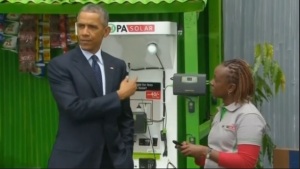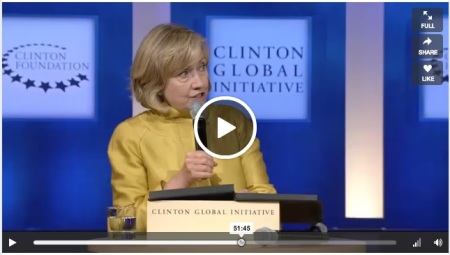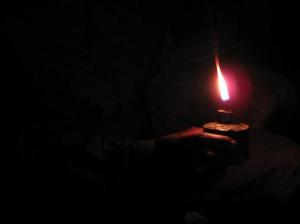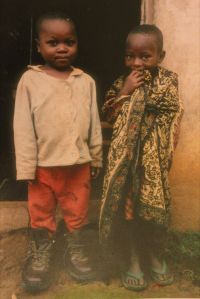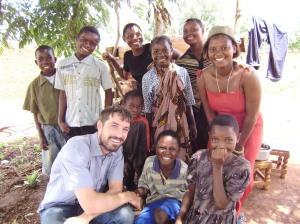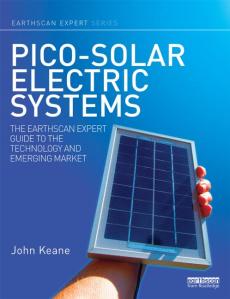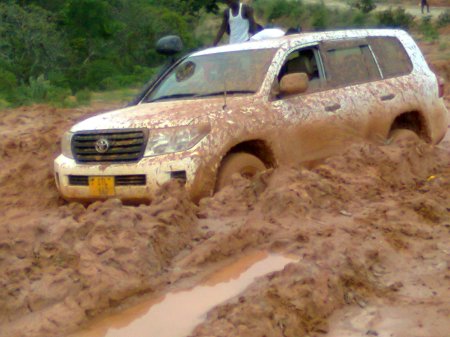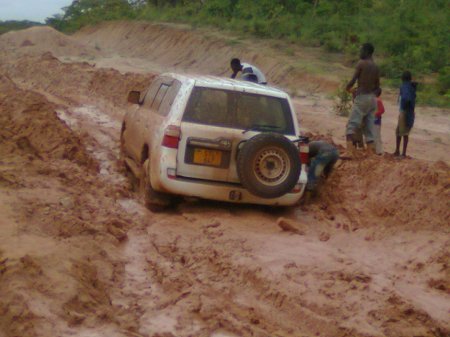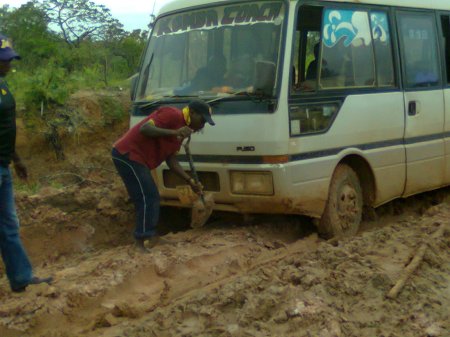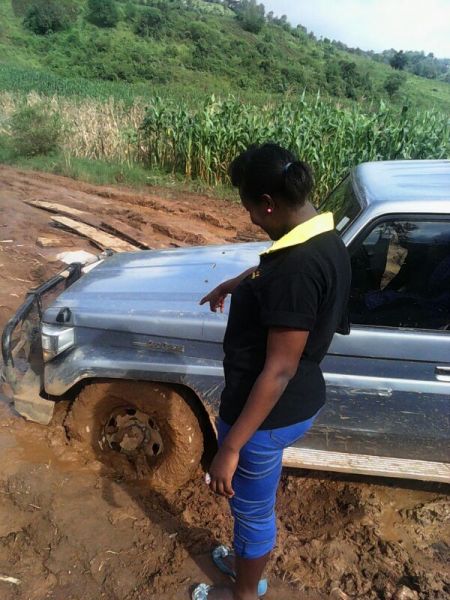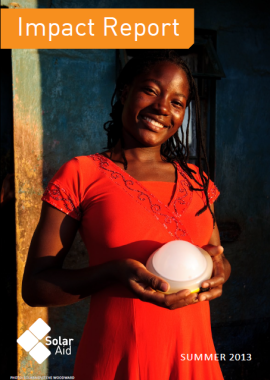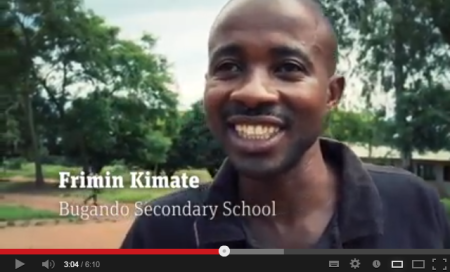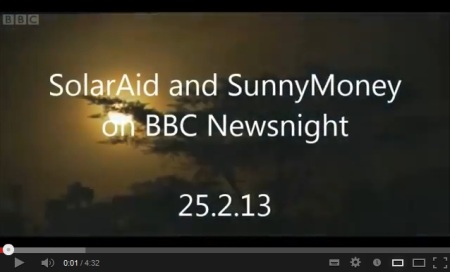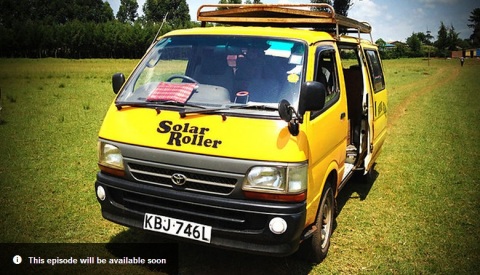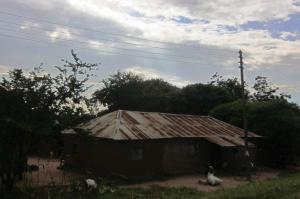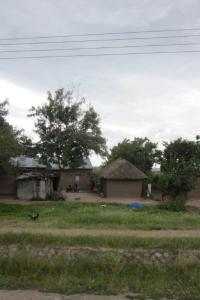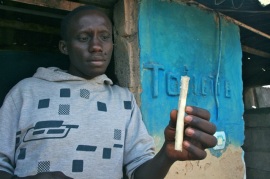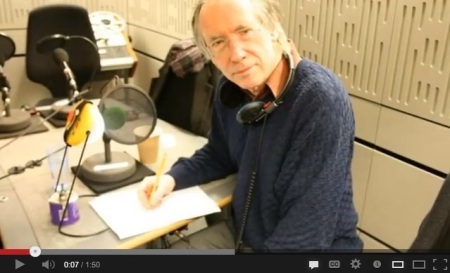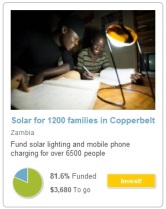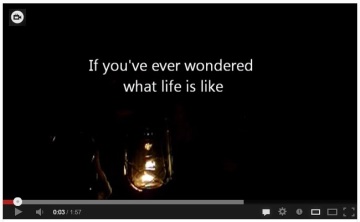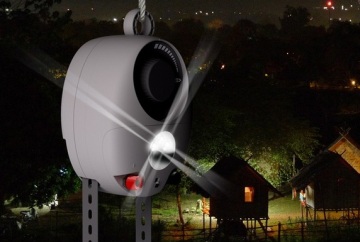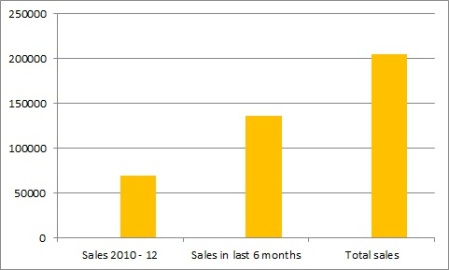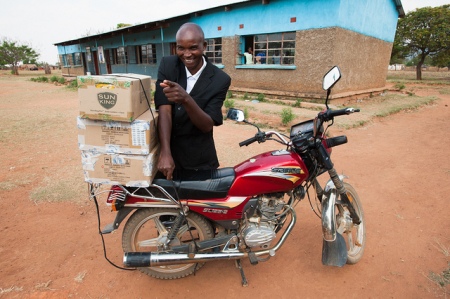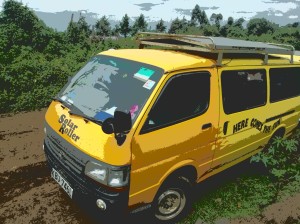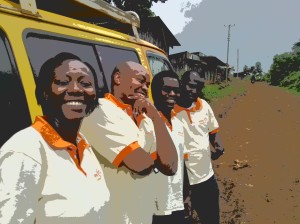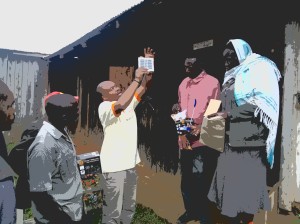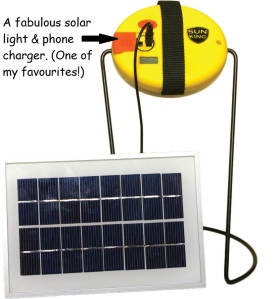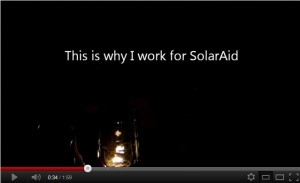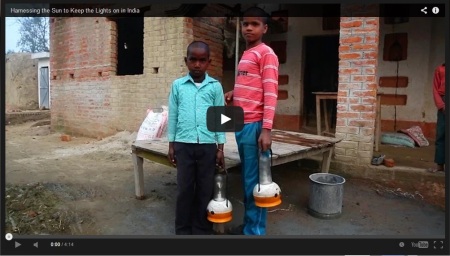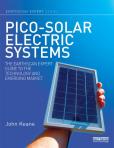This blog is about how setting up SunnyMoney in 2011 as a social enterprise (owned by the charity SolarAid) has enabled us to have more social impact in the last 6 months than we had in the previous 6 years. Interested? Read on:-
In 2006 SolarAid was established with the vision ‘to create a world where everyone has access to clean, renewable energy.’ Anyone who knew us at this time, knew that we were a small, motivated bunch of people who were ready to put in whatever hours it took to kickstart a range of projects all aimed at providing as many people as possible with access to electricity.
We worked hard. We believed in our mission, we believed that we could make a real difference and we convinced others to join our cause. Within about 18 months, we had secured funding which enabled us to set up operations in five countries – Malawi, Tanzania, Zambia and Kenya. We also set up a pilot project in northern Argentina. Our goal was to bring solar lights to rural schools, clinics, community centres and the everyday man on the street.
Between 2006 and 2011, SolarAid brought solar light to 415 rural schools, clinics and community centres reaching tens of thousands of people. That was a lot of work… the teams that we built know how much work. During this time, we also tried many, many, different strategies all aimed at bringing thousands of small solar lights (pico-solar lights) to rural populations. Our goal was to keep trying new strategies and adapting our models so that we could find the most effective way to reach as many people as possible.
Reaching people – that’s what donors were paying us to do and –driven by our social mission and our desire to make a difference we managed to sell 60,000 pico-solar lights between mid 2006 and early 2012.
Did I say this was all a huge amount of work and that I was proud of what we were doing? I loved my job as Head of Programmes at SolarAid and we were bringing solar power to the people. What more could you want? Well…proud though we were, we also knew that we were not even scratching the surface with 1.6 billion people living without access to electricity.
So…ever the optimists… we set ourselves a mission to ‘Eradicate the kerosene light from Africa by the end of this decade.’
Take it from me – this meant one thing: We had to do more of what was starting to work well for us and less of what was not. This meant setting SunnyMoney up as social enterprise – albeit still owned and funded by SolarAid. My job title changed too… to Managing Director of SunnyMoney.
This year, SunnyMoney exceeded its target to sell 312,000 lights, selling over 338,000. Most of these were sold in the last 6 months. That’s a big scale up…
I’ve started to tell people ‘Hey….do you know what? We’ve probably reached more people and had more of a social impact in the last 6 months than we had in the previous 6 years…and we worked really, really, hard in those first 6 years.’
So why am I writing this blog? Well…
Partly just to reflect – ‘Wow. What a journey so far.’
Partly to say ‘Thank you to everyone who has supported us and worked so hard for us over the years. You know who you are!’
Partly to let you know that ‘We plan to sell over 650,000 lights this year…now that we’ve found the right model to reach people, we’re not stopping now!’
And partly to say….‘Our teams actually told us that they are capable of selling over 1 million solar lights this year’….But we had to turn around and say….’Sorry. No can do. It’s simply beyond our budget right now.’ That kills me. A million solar lights in Africa in just one year…think of the impact that would have…. A million houses all lit up. Children studying. Parents reading, chatting, seeing…not breathing in kerosene fumes. A million households being able to save more money.
This is not an appeal. It’s a statement. But if anyone does say to me…’I want to give money to a cause that will have a quick, direct and positive impact on peoples’ lives…’ or ‘I don’t want to give to a large organisation where it won’t be clear to me if my money will have a direct impact…I want it to be well spent,’
I’d say…. ‘You’re talking to the right people at the right time. We can help. We’ve found a way to have 6 years worth of impact on peoples’ lives in 6 months 🙂 ’
